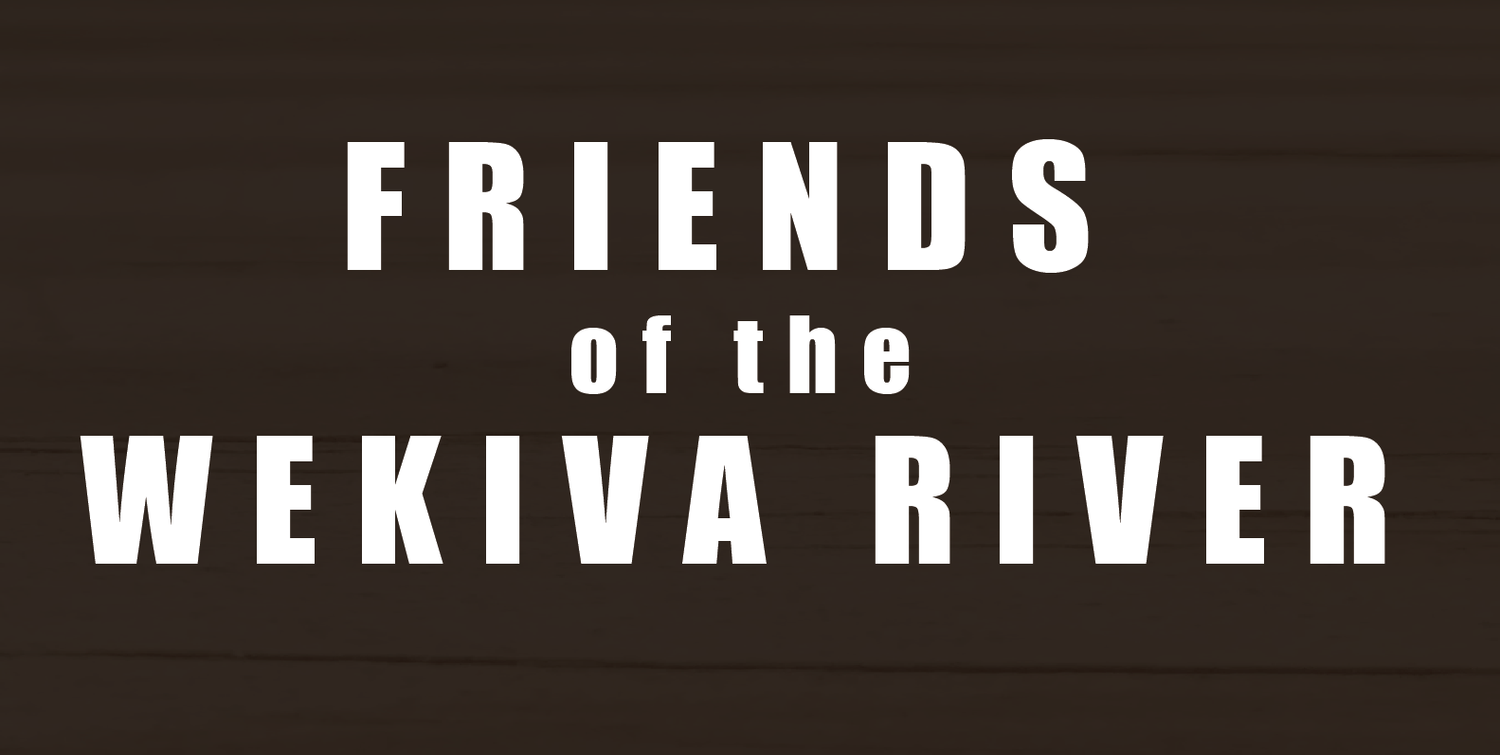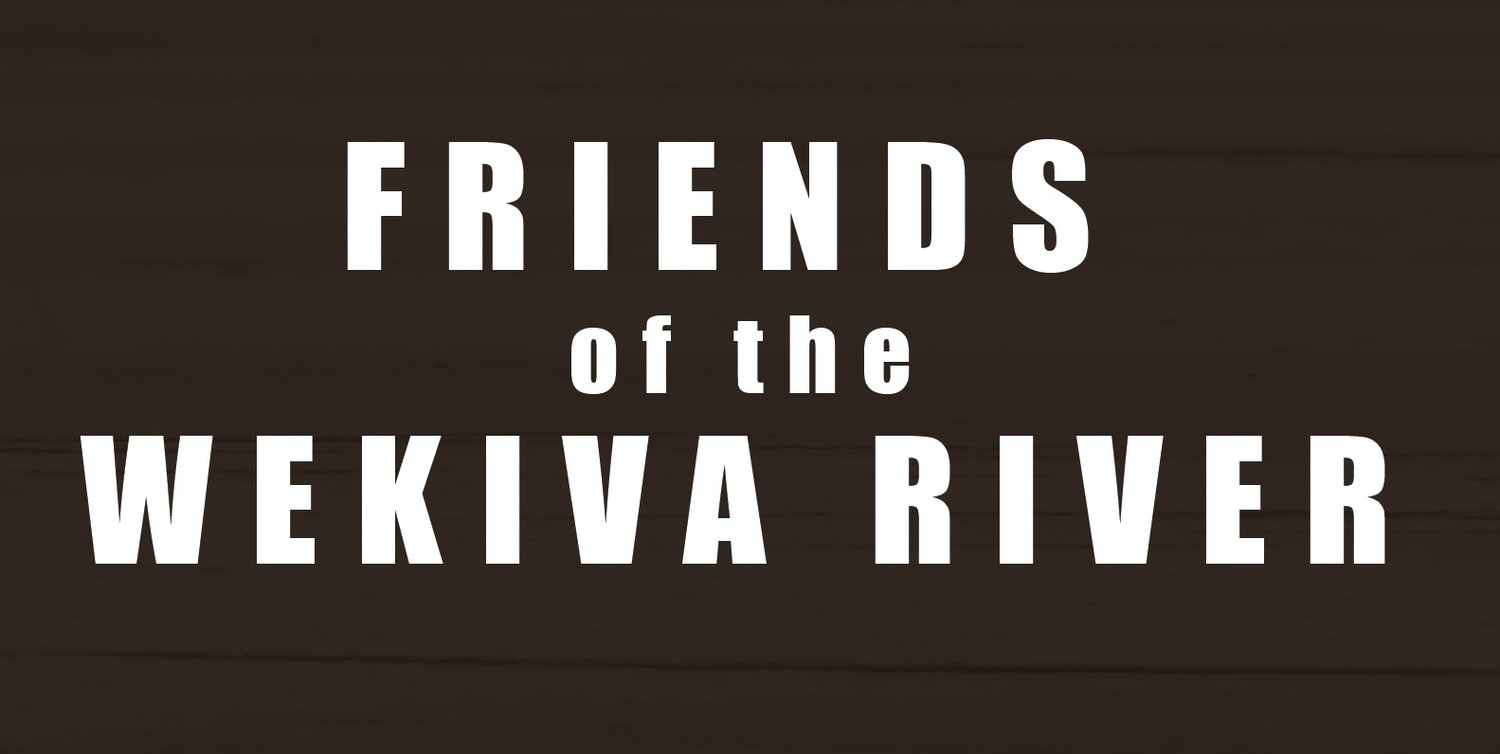Wekiva Basin Swamps
What’s going on in the Woods of the Wekiva? Seasonal changes do occur in the natural systems of central Florida. Keeping track of those subtle changes can give us insight into the ecology and natural processes that influence the plants and animals in the basin. Let’s see what’s going on right now…
I love swamps. One of my favorite places to be is under the cool, moist canopy of the forested wetlands associated with the floodplain swamps of the Wekiva River and its tributaries. I walked a transect across a Wekiva swamp last week and took note of dominant plants and animals, hydrological and soil conditions and generally assessed the State of the Swamp in the spring of 2015. I can report its State to be inspiring, resilient, smelly, lush, wet and in some places impenetrable – just as it should be.
Sinking into muck soils has a primal kind of comfort to me, and the shade of the mature canopy creates a kind of peace that is only available outdoors. More importantly, this narrow, natural sliver of wetland that surrounds most of the flowing waters in the Wekiva system serves innumerable important ecological functions. These forested sponges dissipate and store floodwaters; provide a nursery for various species of freshwater fish; serve as pathways for migratory birds; provide habitat for wetland depend wildlife and store massive quantities of carbon in leaves, trunks, roots and muck.
Wekiva swamps are particularly unique because they surround water bodies that are primarily flooded from groundwater. More than 80% of the flow in the Wekiva River and its tributaries comes from springs and groundwater seepage. As a consequence the extent of flooding is less dramatic than a river system like the Econlockhatchee where floodwaters rise and fall rapidly with rainfall. Of course groundwater from the Floridan (deep) aquifer – the source of water in Wekiva system springs – is affected by rainfall, but on a much broader geographic and temporal scale. As a consequence, the hydrology of Wekiva swamps is still dynamic, and influenced by rainfall, but the forested floodplains are actually saturated longer from the more consistent sources of groundwater and less influenced by dramatic flood events.
The ecological results of this are that the soils in Wekiva swamps are almost always saturated and therefore (mostly) depleted of oxygen. This anaerobic condition is a perfect environment for the creation of muck “soil” – more accurately decayed organic vegetation. Walking through a swamp with deep, saturated muck can be quite an experience. It oozes, stains, clings and sucks as you try, unsuccessfully to stay on top of it.
Along my transect were the stumps of several old-age bald cypress trees. Even now these stumps are impressive, but imagining the forest with dozens of 10-foot diameter giants is surreal. There are still a few isolated examples of 2000+ year-old trees living in the Wekiva swamps. But there are far more examples of the stumps from massive trees that were cut more than 75 years ago when virtually the entire swamp was harvested in a systematic way. But the swamp forest canopy species have re-generated. Along my transect, there were many representatives of approximately 60-year-old bald cypress trees that are almost assuredly the progeny of the giant legacy specimens whose stumps remain. The entire forest appears to be approximately 60 or 75 years of age, and it is likely comprised of the same assemblage that was there before the forest was cut. As a consequence, the swamp’s ecological functions remain relatively the same; what is missing is the awe-inspiring appeal that a mix of canopy from another millennia must have produced.
The unstable muck soils in some ways facilitate the natural demise of canopy trees and, in turn impact the ecology of the swamp. Windfalls from occasional high velocity winds, and massive deadfalls from hurricanes produce a myriad of logs, nursery trees, and tipped or leaning trees struggling to survive. When these trees tip over, at least for a while, there is a 2 to 3 foot deep pool of relatively permanent water left in the depression. These decaying logs, scattered depressions in the marsh, and gaps in the canopy left from the actual path of the fallen tree create small-scale habitat diversity in the otherwise homogenous forested canopy. In this unique patchwork are openings for vegetation that require direct sunlight, dead logs for invertebrates that feed on decaying vegetation, and pockets of permanent inundation for frogs and thousands upon thousands of mosquito larvae unique swamp microcosms that are a part of the ecology of the Wekiva swamp.
Depending on their perspective about muck soils, it also creates either ideal or totally inhospitable conditions for plants. For a plant that thrives in anaerobic, saturated, shaded, low pH and unstable soils, a swamp is a perfect place. On the brighter side, it is a place where water is readily available, the saturated environment is fairly stable and nutrients are there for the taking. And in the Wekiva swamp there is a great volume of plants that thrive and form a lush, multi-strata assemblage. A brief summary of the dominant vegetation along the early-April transect is provided at the end of this article.
Forest dwelling, wetland-dependent wildlife thrive in the swamps. Twice a year, in the fall and spring, the canopy fills with migratory birds pausing or foraging before they continue their migratory path. Wekiva swamps host many species of warblers, vireos, thrushes and kinglets that occur only briefly in the spring and fall. They also host birds that spend the winter farther south and nest in the basin. Three of those that have recently reappeared in the basin are yellow-throated vireo, great-crested flycatcher and swallow-tailed kite. The extent of woody, decaying vegetation provides particularly good habitat for cavity-dependent animals and woodpeckers. During the walk on the transect, three species of woodpeckers were all noisily making their way through the forest. They included the large and charismatic pileated woodpecker (listen to their wild calls here: (http://www.fws.gov/video/mp3/Pileated%20Woodpecker_102016.mp3), the highly vocal red-bellied woodpecker and the diminutive and discreet downy woodpecker. Each has their own unique call, and a distinctive difference in the way their pecking sounds as they forage at different locations on tree trunks and canopies.
Albeit subtle, seasonal changes in the swamp are relatively significant over the course of an annual cycle. I’ll traverse another transect later in the year and see what changes in vegetation, hydrology and wildlife occur.
Other signs of the season in the basin:
Striped mud turtles are nesting – I’ve found two having dug holes in sandy substrates adjacent to wetlands
Alligators have begun to bellow their mating calls (listen to them here: (http://www.fws.gov/video/sounds/26alligator1bellow.mp3)
House wrens have begun migrating north, but one stayed at my house at the edge of the swamp long enough to begin to sing its melodious song (listen to it here: http://www.allaboutbirds.org/guide/House_Wren/sounds)
The late-spring/early summer-breeding green treefrog began calling in the pond behind my house (listen to it here: http://www.wec.ufl.edu/extension/wildlife_info/frogstoads/wav/green_treefrog.wav)
Cedar waxwings are passing through – a flock of 50 or more showed off their frenetic flight pattern over the forest – looking for a holly or palm tree to dive into en masse
Bear cubs are maturing with their mothers in winter dens and they are likely to be mobile in the next few weeks. I was allowed to accompany Fish and Wildlife Commission biologists on a research trip in late-March to collect data and tag two bear cubs in Rock Springs Run State Reserve (see the FOWR website for photos). What a special treat – many thanks to Walt McCown and the FWC for the privilege.
I appreciate your interest in the ecology of the Wekiva Basin. Hike through, dive in or paddle along, and let me know what you find.
Jay H. Exum, Ph.D.
Jay.Exum@ExumAssoc.com
Vegetation along the transect included:
Canopy Trees
sweetgum
American elm
cabbage palm
red maple
bald cypress
green ash
black gum
yellow poplar
sweet bay magnolia
American hornbeam
laurel oak
swamp bay
…and a sometimes dense sub-canopy in various strata and consisting of shrubs, vines, ferns and herbaceous plants including:
Sub-canopy
Virginia willow
poison ivy
Virginia creeper
needle palm
highbush blueberry
buttonbush
swamp dogwood
fetterbush
yellow anise
sedges
switch cane
beakrush
grape vine
arrow arum
pickerelweed
wood oats
wild coffee
Virginia chain fern
royal fern
cinnamon fern
swamp fern
netted chain fern

